Red Borneo Kratom is a unique strain of the Mitragyna speciosa tree, native to the island of Borneo. This tropical...
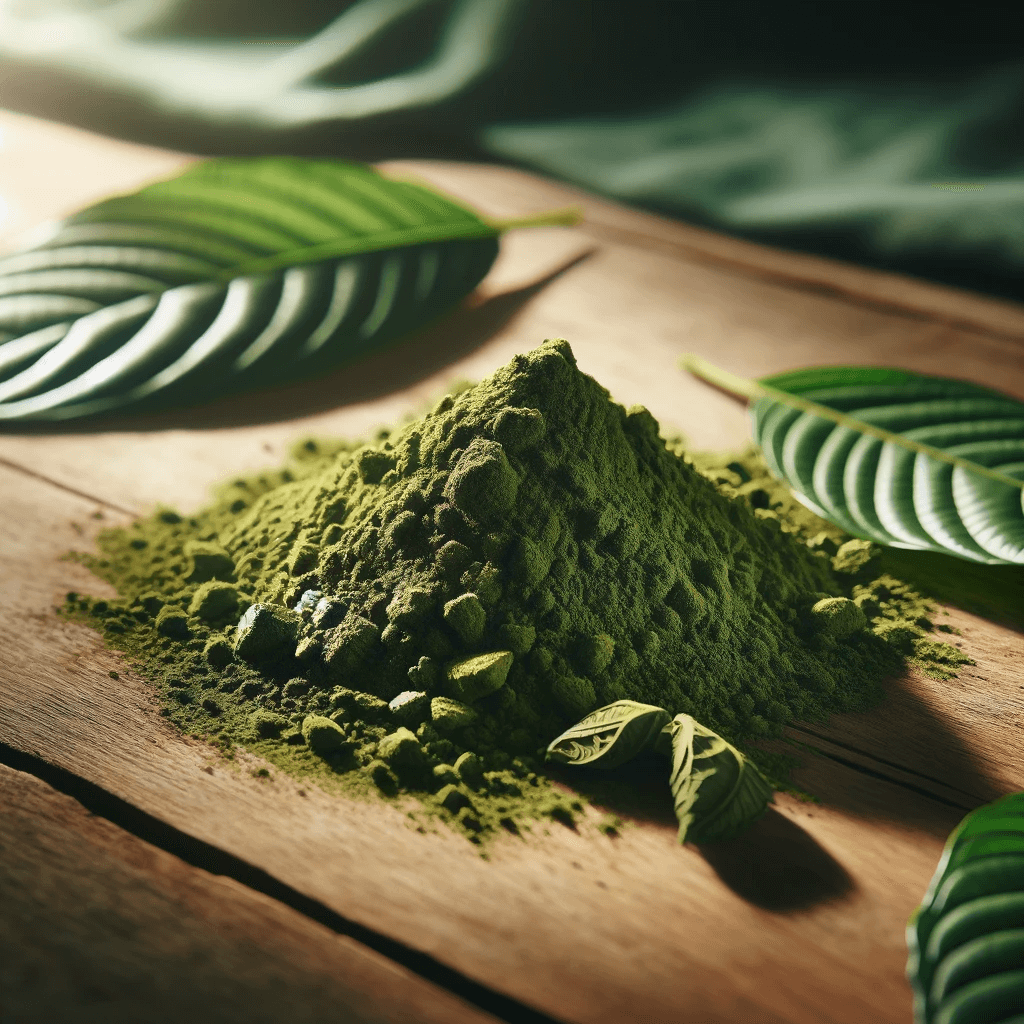
Quality Assessment of Kratom Products: Ensuring Excellence in Malaysian Kratom
Introduction to Kratom Quality
In the diverse world of herbal supplements, Kratom stands out for its unique properties and varied strains. Among these, Malaysian Kratom has garnered attention for its balanced effects. This comprehensive article tackles the critical aspect of quality assessment in Kratom products, focusing on Malaysian Kratom production, testing standards, and identification guidance for consumers. Understanding the nuances of Malaysian Kratom starts with an overview of its origins and production methods in Malaysia, where quality control and lab testing are essential to ensure purity. Consumers can use the provided guidance on color, smell, taste, and effects to assess the quality of any Malaysian Kratom powder or product they purchase. By combining knowledge of production standards with personal evaluation, buyers can find and enjoy high-quality Malaysian Kratom that meets their needs.
Understanding Kratom and Its Varieties
The Kratom Tree: An Overview
Kratom, or Mitragyna speciosa, is a tropical evergreen tree native to Southeast Asia, especially Thailand, Malaysia, Indonesia, and Papua New Guinea where it has had traditional medicinal uses for centuries. The leaves of this tree are the primary source of most Kratom extracts and products in the modern marketplace. Kratom leaves contain a variety of active alkaloids, most notably mitragynine, and 7-hydroxymitragynine, which interact with opioid receptors to produce analgesic and stimulant effects. Traditionally, Thai and Malaysian farmers chewed or brewed Kratom leaves into teas and medicines, using different preparation methods to harness desired effects. Today, modern extraction and production techniques allow for refined and concentrated Kratom powders, capsules, and tinctures that are growing in popularity worldwide.
The key psychoactive ingredients in Kratom leaves are a class of compounds called alkaloids, predominantly Mitragynine and 7-Hydroxymitragynine. Different Kratom strains have varying compositions of these alkaloids, leading to their unique effects.
Regional Varieties and Their Significance
Depending on where the Kratom tree is grown, the chemical profile and subsequent medicinal properties of the leaves can differ substantially. Some of the most well-known regional varieties include:
-
Thai Kratom - Native to Thailand, tends to have higher stimulating qualities.
-
Malaysian Kratom - Grown in Malaysia, renowned for balanced pain relief and nootropic effects.
-
Indonesian Kratom - Cultivated in Indonesia, available in both slow and fast strains.
-
Borneo Kratom - From Borneo island, it is considered highly euphoric and sedative.
The unique climate, soil quality, rainfall, and other environmental factors in these regions contribute to the varied characteristics.
Different Strains and Their Properties
Additionally, Kratom strains are also classified by the color of the leaf veins - red, white, or green. The vein color indicates the presence and ratio of different alkaloids. Some effects associated with each colored vein variety include:
-
Red Vein - Pain relief, sedation, anti-anxiety.
-
White Vein - Energy boosting, stimulating, mood enhancement.
-
Green Vein - Moderate effects, balancing property.
The Importance of Quality in Kratom Products
Why Quality Matters
The efficacy, experience, and safety associated with Kratom greatly depend upon the quality of the leaves, processing methods, and final manufactured products. Kratom quality can be highly variable depending on where and how the leaves are cultivated, when they are harvested, how they are dried and ground during processing, handling of raw materials, and packaging quality assurance.
Challenges in Quality Assessment
Assessing the true quality of commercial Kratom products in the market can be quite challenging for several reasons:
-
Differences in growing conditions, rainfall, and other environmental factors between Kratom growing regions each harvest cycle.
-
Lack of formal regulations around cultivation, manufacturing guidelines, and labeling accuracy.
-
Limited publicly available research on establishing quality benchmarks.
-
Difficulty tracking the source of leaves and validation of supplier claims in the supply chain.
Hazards of Poor Quality Kratom
Low-quality, contaminated, or adulterated Kratom products can cause several health hazards and unwanted side effects such as heavy metal toxicity and high levels of microorganisms. Poor-quality powder may also contain other cheaper botanical powders like garcina or safflower to increase profit margins.
The American Kratom Association highlights ensuring product purity and consistency as a key industry priority. Establishing standardized testing and manufacturing guidelines is vital to avert health risks and prevent misuse.
Key Factors in Quality Assessment of Kratom
Source and Origin
The geographical origin of the Kratom leaves significantly impacts their chemical profile based on environmental, seasonal, and regional factors as highlighted earlier. For example, Malaysian Kratom leaves have distinctively high levels of Mitragynine, giving rise to balanced therapeutic effects.
Ideally, the product should mention the source country or region to aid in establishing authenticity. Composite sources from multiple countries reduce consistency.
Growing and Harvesting Standards
Sustainable Cultivation
Sustainable, all-natural cultivation practices can preserve the unique alkaloid range of Kratom leaves. The usage of chemical fertilizers and pesticides should be strictly avoided. To prevent contamination, Kratom should also be grown far from roads, industries, or human habitation. Maintaining the biodiversity of flora and fauna in the forest environment also helps keep leaves healthy.
Optimized Harvesting
To produce high-potency leaves, Kratom trees should be allowed to mature for a few years before regular harvests. Only the largest, healthiest leaves should be handpicked by experienced harvesters. Up to 1000kg of raw Kratom leaves may be needed to produce just 1kg of pure powder extract, hence delicate harvesting is essential.
The timing of leaf harvest is also critical - they should be picked early morning before the hot sun develops the fibrous nature of the leaves. Harvests are typically done twice per month, avoiding rainy seasons.
Processing Techniques
Drying and Grinding
To preserve the vital alkaloid levels, Kratom leaves must be quickly processed after harvesting using the traditional techniques of gentle sun drying or specialized drying machines. Once fully dried, the leaves are manually checked for discoloration, and then finely ground into powder for manufacturing.
Extraction and Purification
Some manufacturers may also carry out certain solvent extractions, isolations, and acid/base reactions to concentrate specific alkaloids like 7-OHM or Mitragynine. But generally, additional chemical processing is minimal for whole-leaf powder or crude extract products.
Packaging and Storage
To prevent contamination or decay, the raw Kratom powder must be securely packed in food-grade pouches under low moisture conditions. Temperature control is necessary to avoid alkaloid degradation over storage and transit time.
Third-Party Testing and Certification Standards
With the rising popularity of Kratom globally, several quality testing and certification benchmarks have emerged to tackle the hurdles around composition verification, contamination risks, and safety profiling:
Testing for Purity and Potency
Independent, accredited laboratories should perform a battery of tests on the finished powder or supplements to determine:
-
The presence of pesticides, heavy metals, and other contaminants
-
Microbial pathogens like Salmonella, E. Coli, Coliforms
-
Mitragynine,7-OHM, and overall alkaloid concentrations
-
This extensive testing ensures both purity and consistent potency across different batches.
-
GMP, ISO, and FDA Compliance
-
Reputable Kratom brands should follow strict manufacturing practices and receive certifications like:
-
GMP (Good Manufacturing Practices)
-
ISO (International Standards Organization)
-
FDA/CFDA Facility Registration
These demonstrate adherence to quality systems and give credibility to label claims.
Product Stewardship and Controlled Access
Responsible Kratom merchants implement certain verification checks to prevent potential misuse. Measures may include minimum age confirmation or limitations on order quantity. Locking access to higher potency extracts or "specialty" strains also adds a level of control.
Speakeasy Kratom: A Benchmark in Quality
Commitment to High Standards
In the Kratom industry, Speakeasy Kratom stands out as a leader in ethical and consistent quality. They source all raw materials from Southeast Asia, focusing on Malaysian varieties which are renowned globally for balanced potency.
Rigorous Testing and Verification
Speakeasy Kratom maintains high-quality standards through rigorous lab testing of every batch of ground powder and capsules. They test for both biological and chemical contaminants, as well as the potency of key alkaloids. This ensures consistency even between different harvests and crop years.
Certifications and Compliance
All manufacturing and packaging facilities used by Speakeasy Kratom are reliable sources, complying with quality guidelines.
The Consumer's Guide to Assessing Kratom Quality
With the rising popularity of Kratom, a basic guide for consumers to assess quality will be valuable before making any new purchases:
-
Identifying Signs of High Quality
-
Clear labeling of source, strain, and product details
-
Evokes bitterness, green-brown color, fluffy texture
-
Good shelf life, no moisture or rotting
-
Positive independent lab testing
-
Reasonable pricing
-
What to Watch Out For
-
Excessively cheap powder or extracts
-
Little or unclear information on the product label
-
Dark blackish color, heavily clumped texture
-
Rapid onset of effects upon ingesting
-
Any strange or very bitter aftertaste
The Role of User Reviews
The experiences and opinions of other consumers who have used a particular Kratom product can offer genuine insights into aspects like:
-
Product quality and consistencies across batches
-
Any side effects or tolerability issues noted
-
Onset and duration of effects reported
-
Overall satisfaction with value for money
However, reviews should not be the sole input to base a buying decision on.
Prioritizing Quality to Ensure Kratom Safety
With the future growth of Kratom riding heavily on its safety and quality perceptions, manufacturers must take tangible steps to boost consumer confidence through rigorous product standards, certifications, stewardship practices, and transparency. For most consumers as well, quality should be the prime criterion while choosing Kratom, especially relatively under-researched varieties like Malaysian or Indonesian. Premium quality signified by independent testing and verifications offers a comfortable margin of safety along with a pleasant experience when using Kratom.
Green Malaysian Kratom powder is a must-try strain from Speakeasy Kratom's diverse selection of high-quality Kratom products. With energizing and uplifting effects, this green vein Kratom powder is perfect for alleviating fatigue and boosting your mood.
Frequently Asked Questions
Q1. How is Kratom quality affected by environmental factors?
Environmental factors like climate, soil quality, rainfall, etc. in different growing regions contribute to Kratom's chemical composition. For instance, Malaysian Kratom grows in mineral-rich humid forests receiving heavy rainfall. This allows the leaves to have high concentrations of Mitragynine alkaloid and balanced therapeutic effects.
Q2. What are the signs of poor quality or contaminated Kratom products?
Signs of poor quality include a dark blackish powder color instead of a greenish hue, heavily clumped texture, excessive bitterness, rapid effects, short duration, and strange aftertaste. Contaminated products may cause symptoms like headaches, nausea, or stomach discomfort.
Q3. How can consumers identify and choose high-quality Kratom?
Quality indicators include clear labeling details, fluffy powder texture with some bitterness, longer shelf life without moisture or rotting, positive independent lab tests, and reasonable pricing compared to ultra-cheap alternatives. Checking user reviews about consistencies across batches also offers insights.
Q4. What is the role of third-party lab testing and certifications for quality?
Independent testing helps verify the concentrations of key alkaloids, scanning for microbial pathogens, heavy metals, and 100+ potential cont

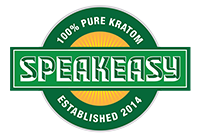
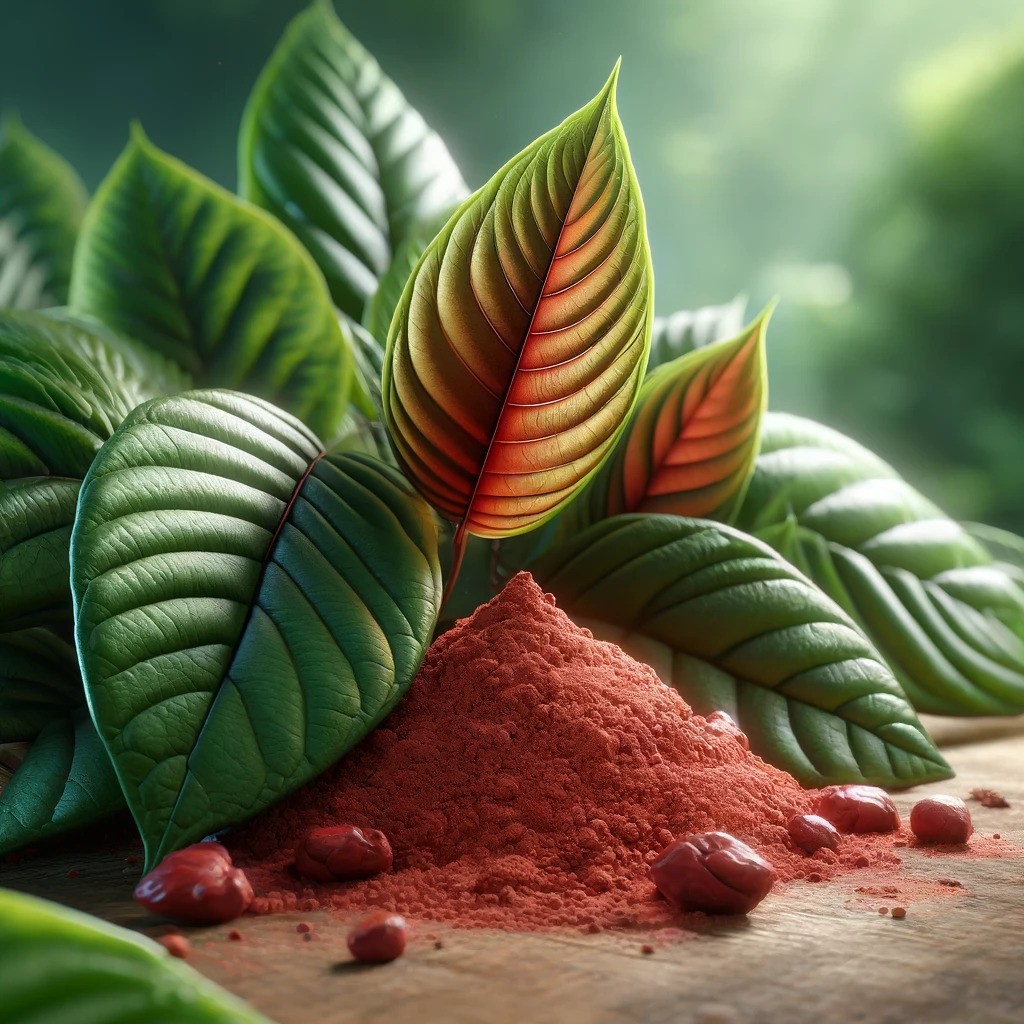
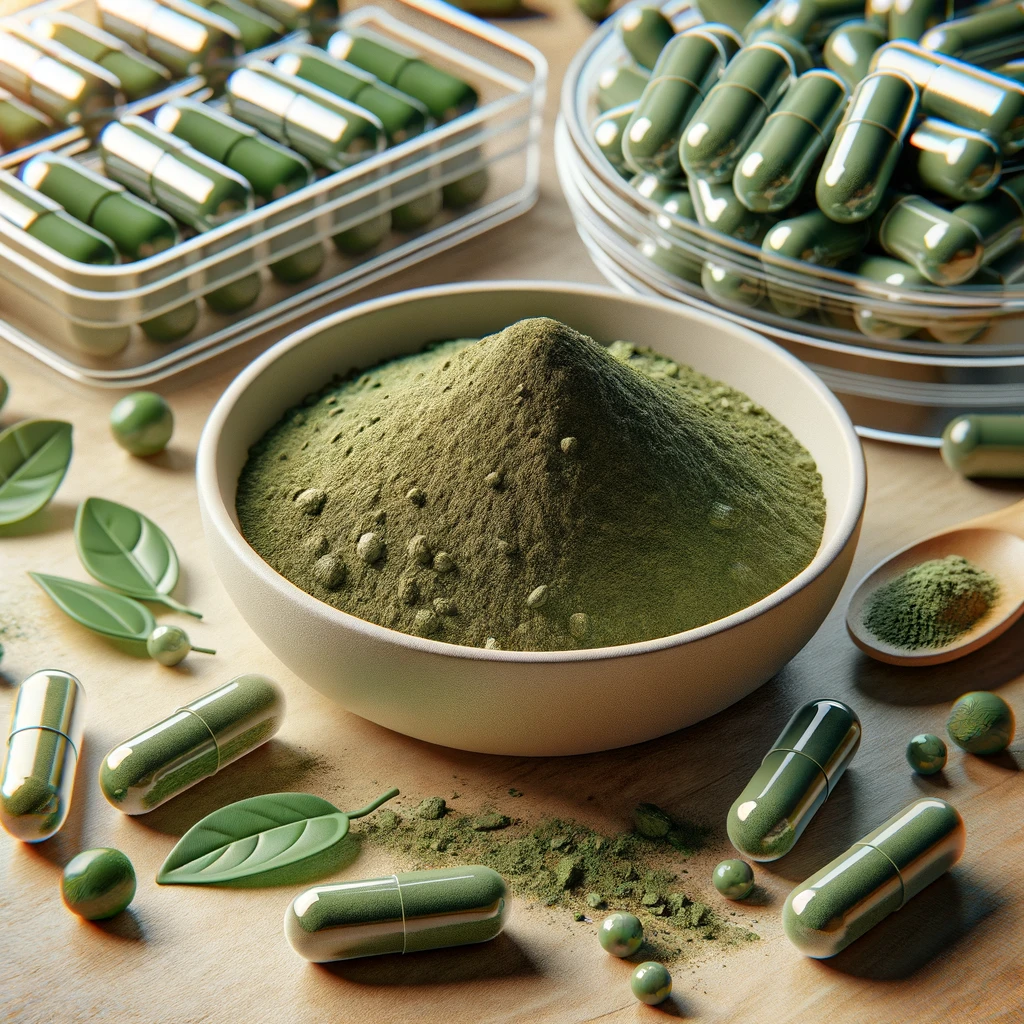
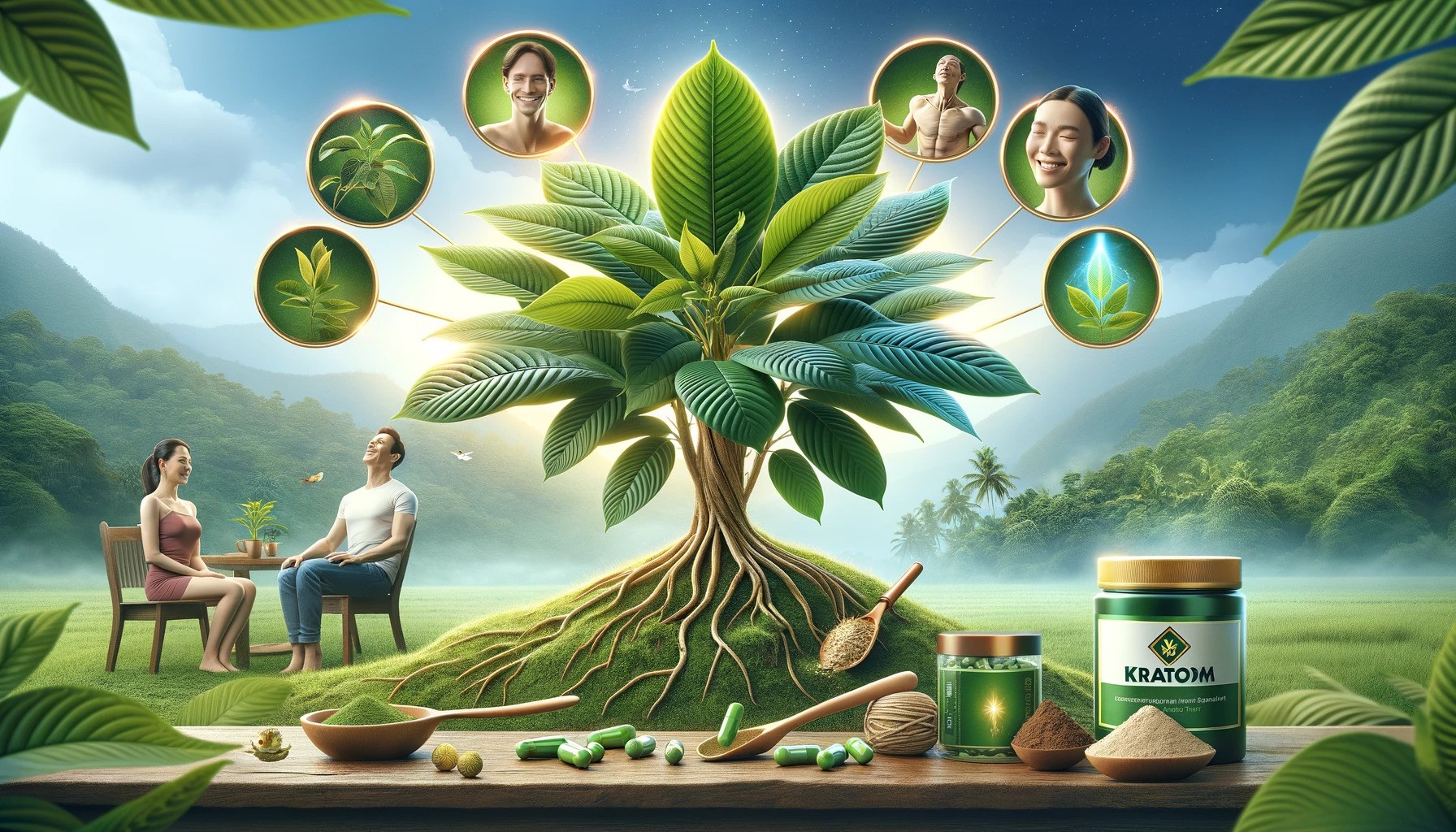

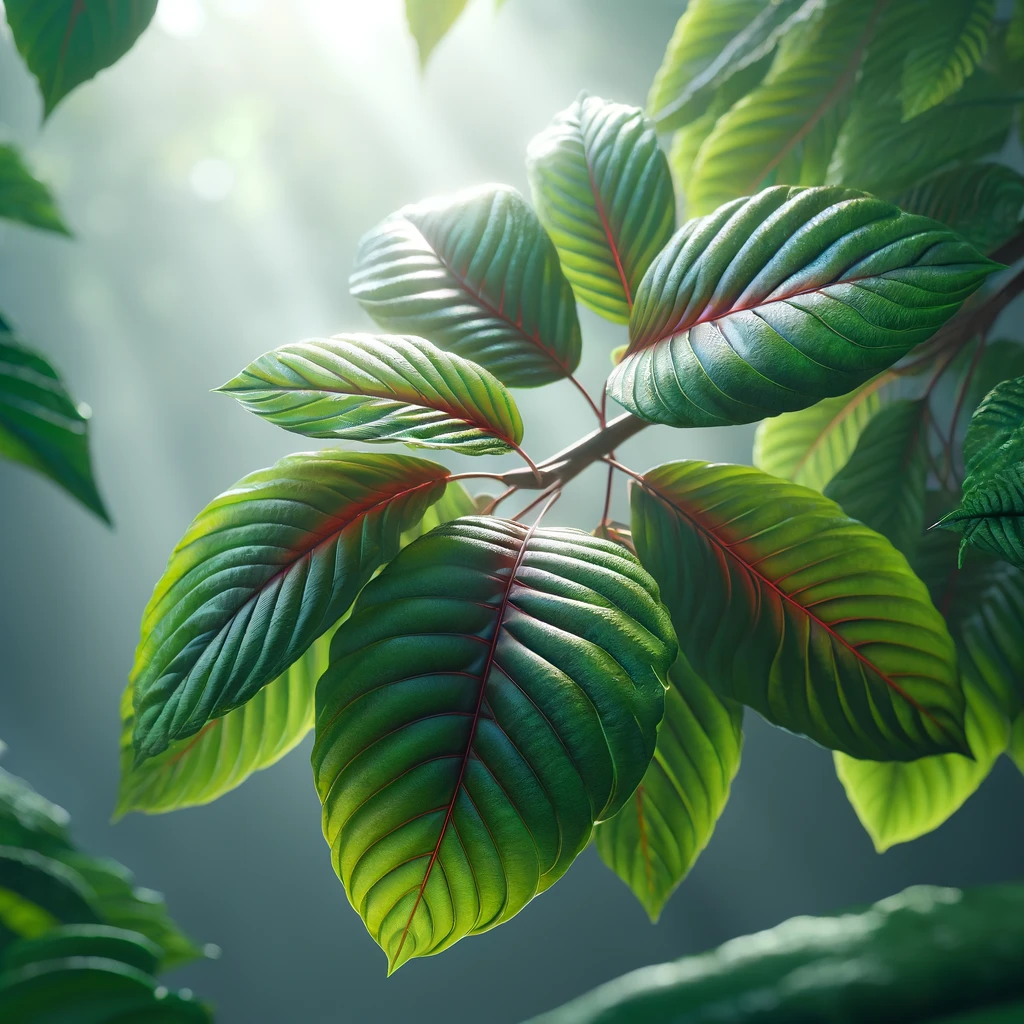
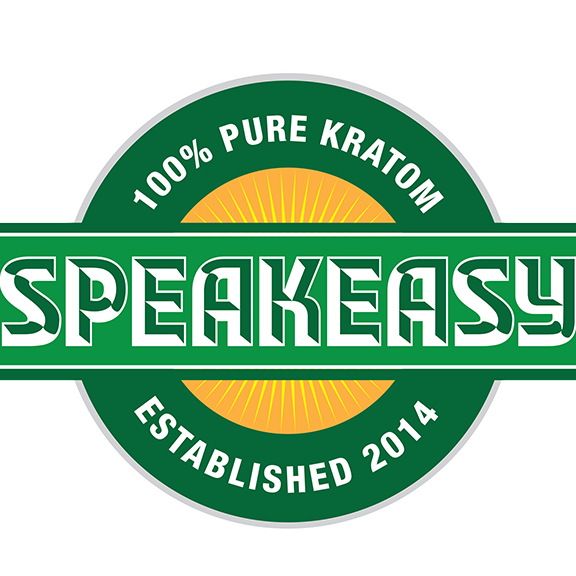
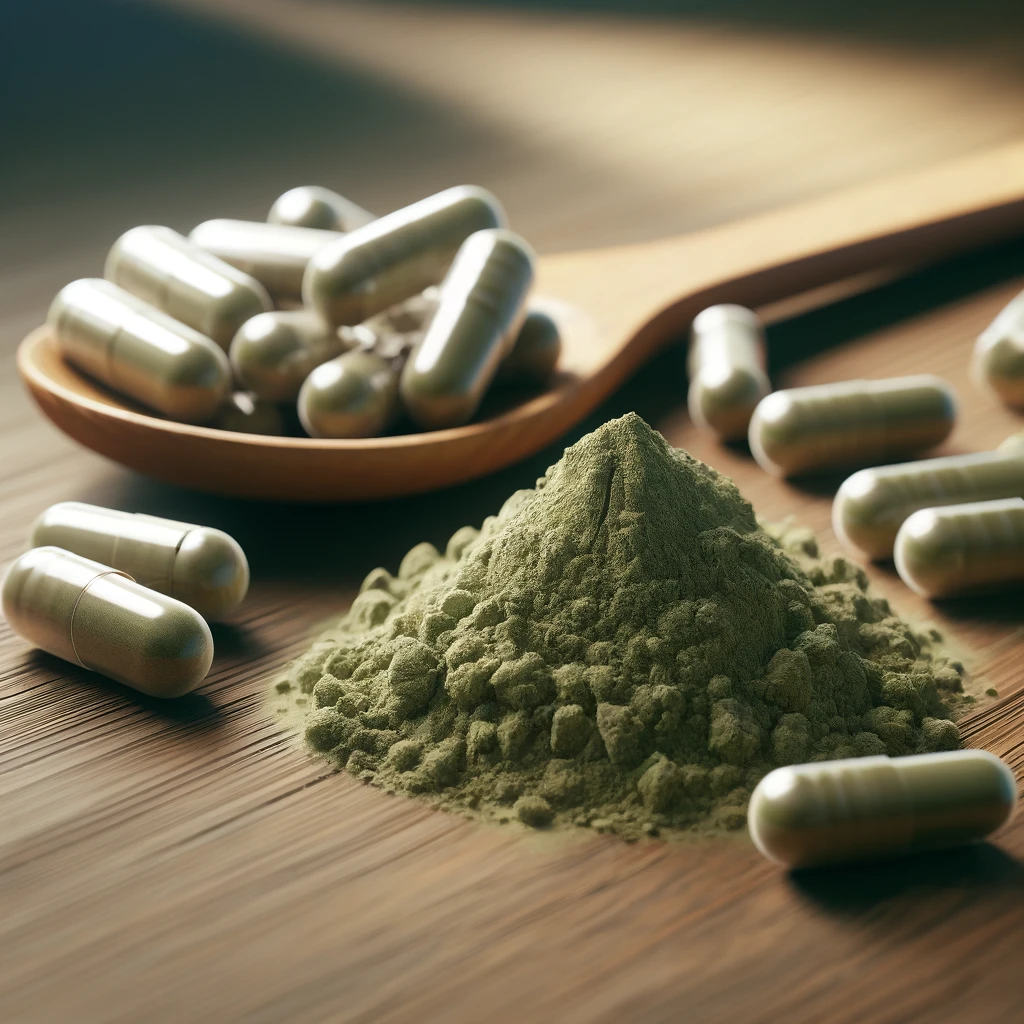
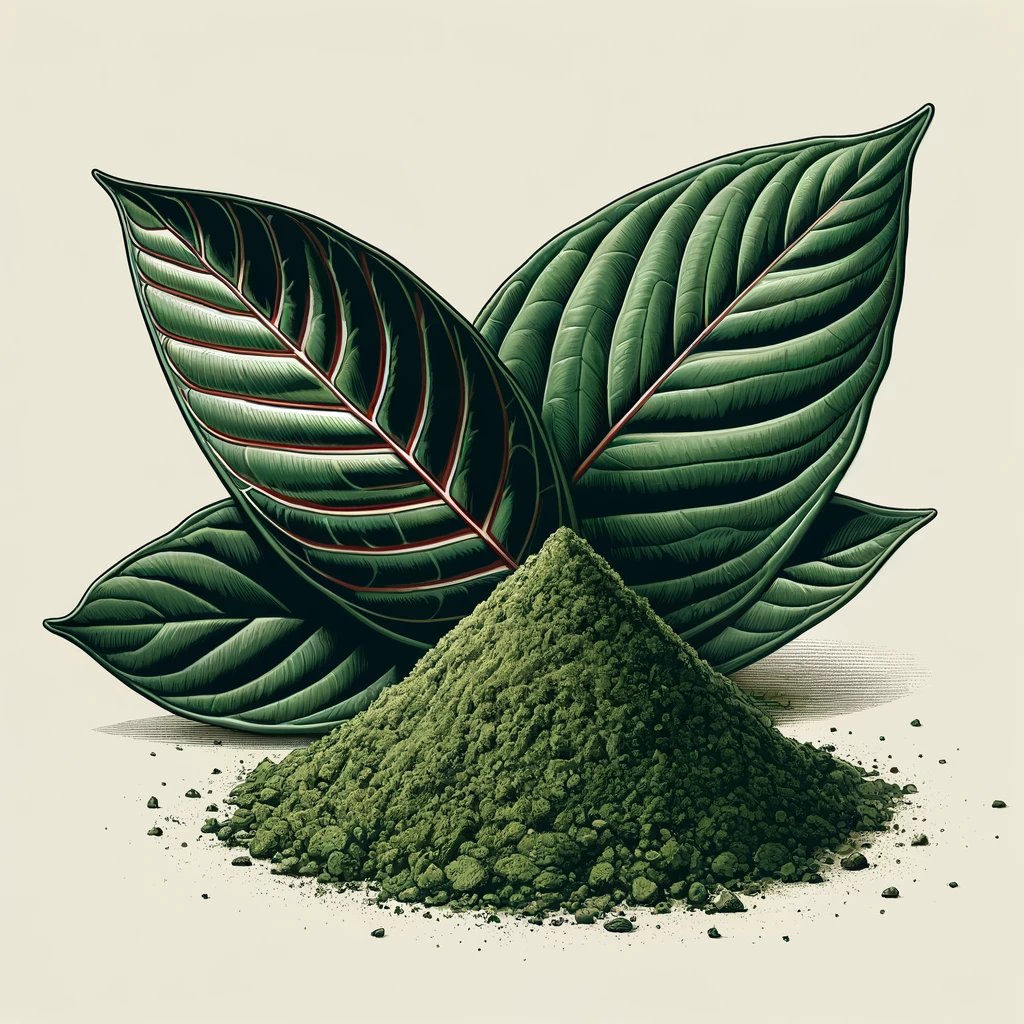

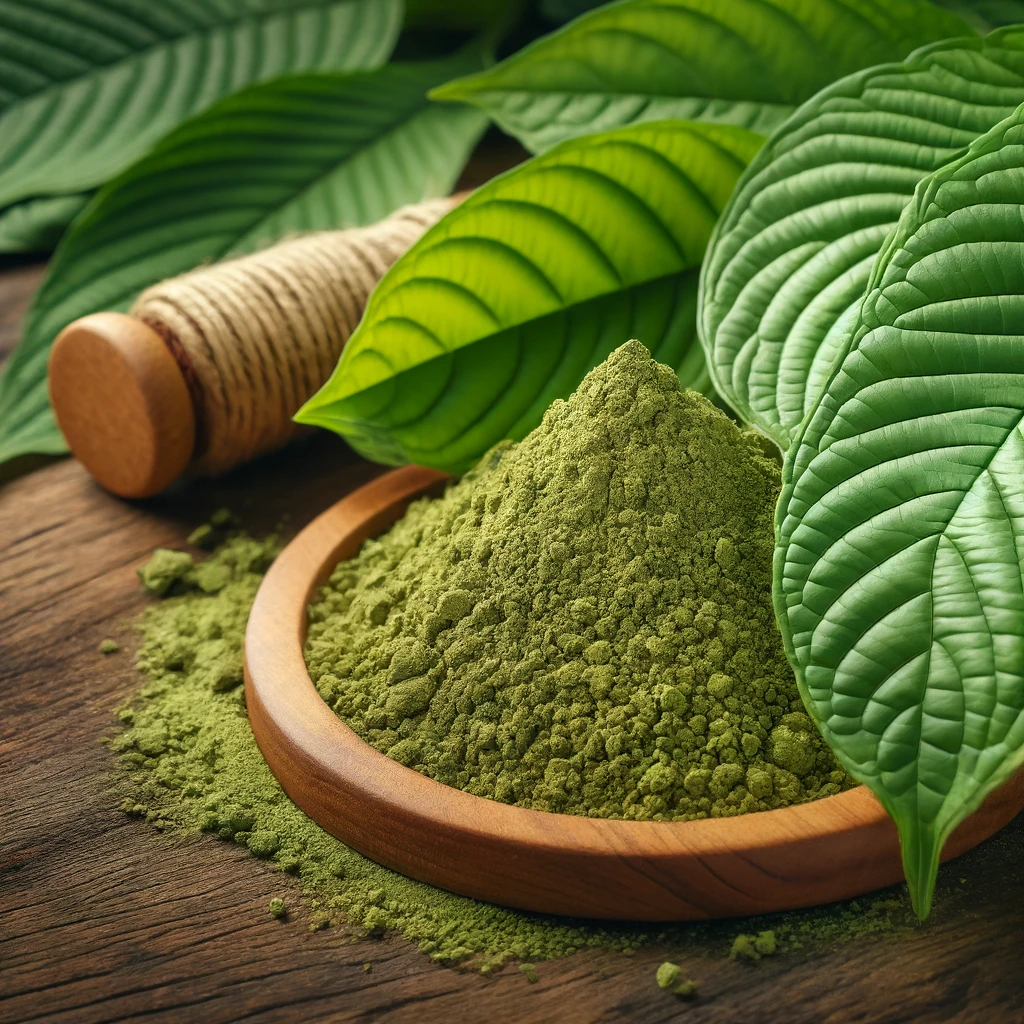
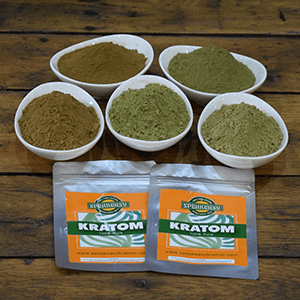

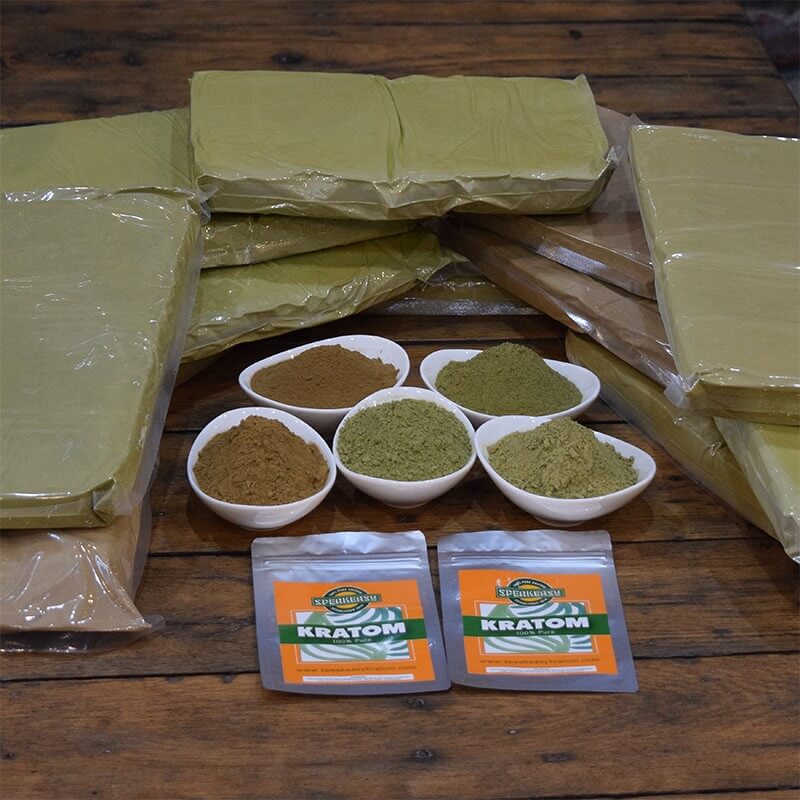
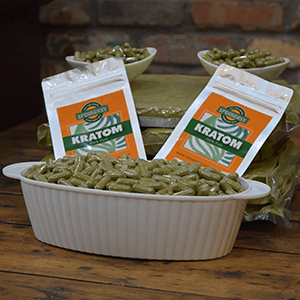
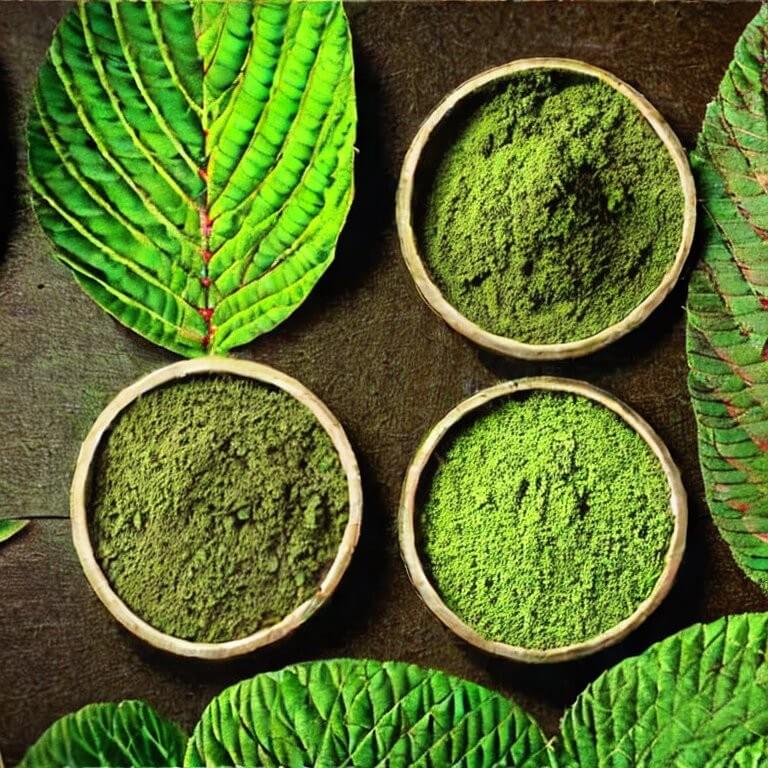
Leave a comment